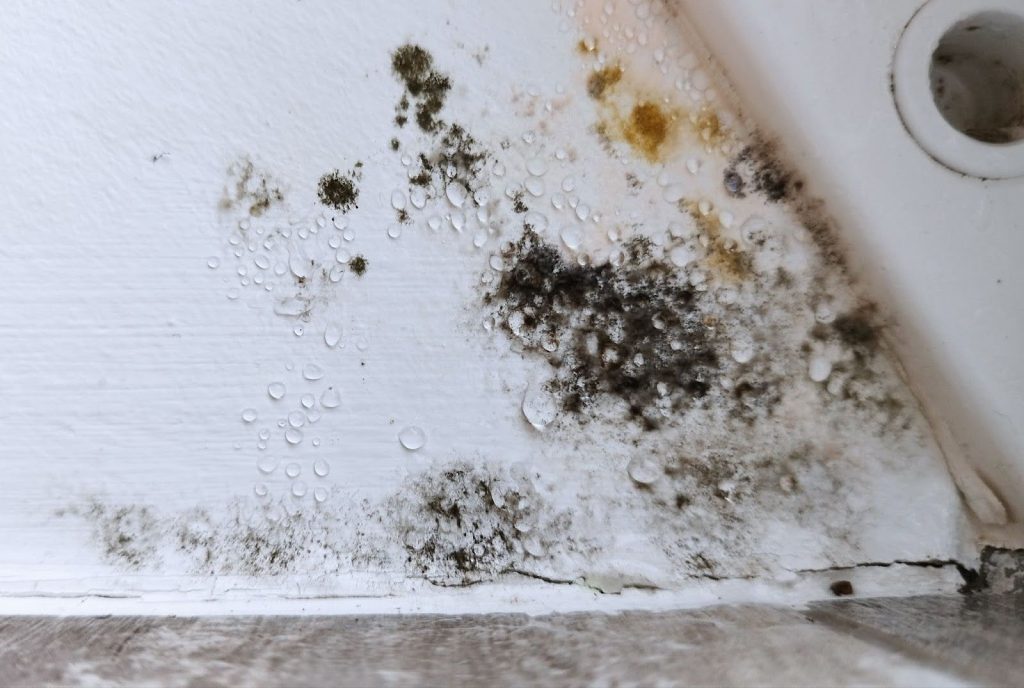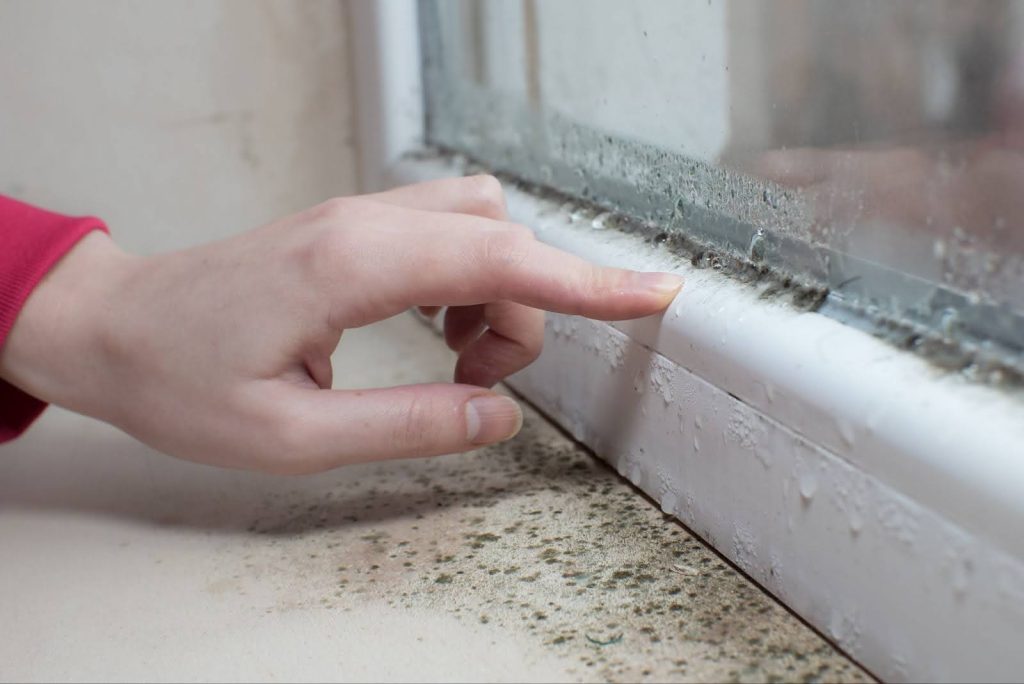Mold is a common and often concerning issue that many homeowners face. This fungus can infiltrate your living spaces, thriving in areas with moisture and warmth. Unfortunately, mold doesn’t just appear overnight; it has the potential to spread rapidly. But how fast does mold spread?
In this article, we’ll explore mold’s growth rate and examine the conditions that favor its rapid growth. We’ll also discuss the implications for building maintenance and occupant well-being.
Understanding the factors that influence mold growth and its potential expansion rate is crucial for effectively managing and preventing outbreaks. Continue reading to discover how quickly does mold spread!

How Fast Does Mold Spread?
Mold can spread surprisingly quickly under the right conditions. It may begin growing within 24-48 hours of exposure to moisture. Various factors influence how mold spreads, including its growth rate, humidity, temperature, and available nutrients.
Factors Influencing Mold Growth
Mold growth is primarily driven by moisture. It thrives in damp environments where relative humidity exceeds 60%. Even minor water leaks, flooding, or small amounts of moisture can lead to rapid mold proliferation if left unaddressed.
In addition to moisture, temperature plays a significant role in mold development. Most molds prefer warm conditions. Fluctuating temperatures can also result in condensation, further increasing moisture levels. Since mold feeds on household materials and dust, effective moisture control is essential for prevention.
Initial Mold Development
Mold spores are ever-present in the environment and can start germinating on damp surfaces within 24 to 48 hours. This rapid response highlights the importance of addressing moisture issues promptly. For mold to thrive, several conditions must be met:
- Moisture: Mold needs a consistent source of moisture to grow, which can come from leaks, humidity, or condensation.
- Food source: Organic materials such as wood, drywall, and fabric provide the nutrients that mold requires.
- Temperature: Most mold species prefer temperatures between 60 °F and 80 °F (15 °C to 27 °C).
Darkness and stagnant air: Mold flourishes in dark, poorly ventilated areas, making these conditions particularly conducive to growth.
Speed of Mold Spread
As mentioned, mold can begin to grow in optimal conditions within just 24 to 48 hours, rapidly colonizing surfaces and doubling its mass every 24 to 48 hours after that. For instance, in a humid bathroom with poor ventilation, mold may become noticeable within 48 to 72 hours after a leak, while damp basements can see mold growth accelerate to visible levels within a week following heavy rainfall.
In kitchens, a spilled liquid left unattended can lead to mold growth in as little as 3 to 5 days, particularly in dark corners or under appliances. In cases of flooding, mold can start developing within hours, with materials like drywall and carpeting becoming breeding grounds if not dried within 24 to 48 hours. This highlights the critical need for swift action to prevent mold proliferation and mitigate associated health risks.
Environmental Conditions and Mold-Prone Areas
Damp and humid environments significantly contribute to the spread of mold, creating ideal conditions for its growth. High humidity levels provide the moisture that mold spores need to thrive, allowing them to colonize surfaces quickly.
Poor ventilation exacerbates the situation by trapping humidity and preventing air circulation, further promoting mold proliferation. Water damage from leaks, flooding, or condensation also introduces excess moisture into the environment, creating a perfect breeding ground for mold.
Common areas of rapid mold spread
Common areas of rapid mold spread in homes and buildings include bathrooms, basements, and kitchens, where conditions often favor mold growth. In bathrooms, high humidity from showers and inadequate ventilation creates an environment ripe for mold, particularly around sinks, tubs, and shower curtains.
Basements, often prone to dampness and flooding, can quickly become infested with mold if moisture is not promptly managed, especially in corners and around pipes. Kitchens also serve as hotspots for mold due to spills, food debris, and moisture from cooking. Areas under sinks, around refrigerators, and behind appliances are particularly vulnerable.
Health Implications and Preventing Rapid Mold Spread
Rapid mold spread might pose health risks, including respiratory issues, allergies, and other serious health conditions, particularly for individuals with compromised immune systems or existing respiratory problems. So, it is crucial to address mold issues promptly to minimize exposure and mitigate health impacts.
Preventing rapid mold spread might be effectively achieved by controlling moisture and humidity levels within the home. This can be done by using dehumidifiers, ensuring proper ventilation, and promptly fixing leaks.
Additionally, regular inspections and maintenance in areas prone to moisture, such as bathrooms, kitchens, and basements, is essential to catch potential problems early and maintain a healthy living environment. By taking these proactive steps, you can reduce the risk of mold proliferation and its associated health implications.

Conclusion
The speed at which mold spreads is a critical concern for property owners and occupants. So, how fast does mold spread? Under favorable conditions, mold can grow within 24-48 hours and become visible in 18-21 days.
This rapid spread underscores the importance of swift action in addressing moisture issues and implementing preventive measures. Understanding how fast mold spreads empowers you to take effective action. By recognizing the impact of humidity, temperature, and nutrient sources, you can better prevent and manage mold growth.
When it comes to maintaining a safe and healthy living environment, we know how important it is to promptly address mold issues. That’s why you should turn to experts like Mold Remediation Atlanta. Our team provides thorough assessments and solutions that truly make a difference. Keeping your spaces mold-free enhances your comfort and safeguards your health.


